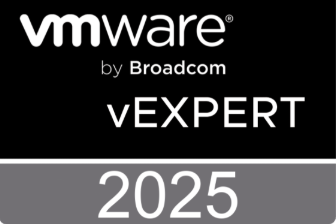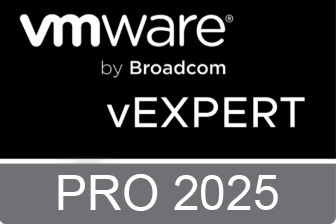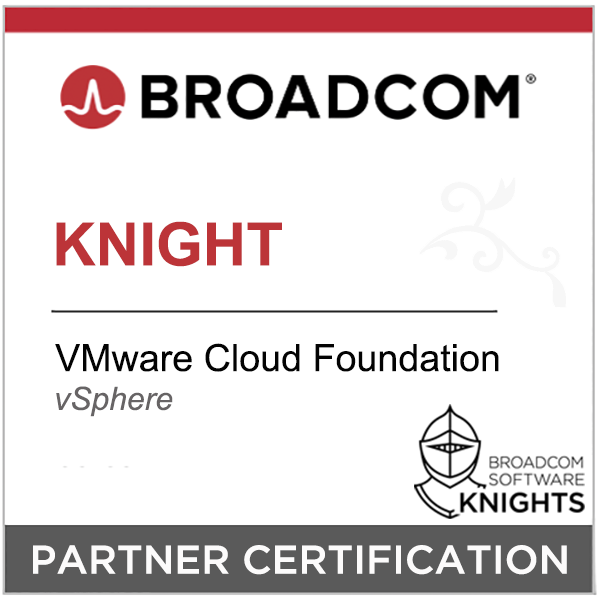Over the past few years, there have been quite some rumors about the future and availability of vCloud Director. Taking the recent announcements regarding vCloud Foundation and VMware Cloud on AWS into account, this is a good moment to summarize the past, the present and the near future of vCloud Director. This blog will also show that there have been continuous improvements to the platform over the past few years and VMware has clearly stated that the product is definitely not end of life.
Past
In august 2010, VMware launched the first version of vCloud Director, being both available to Enterprise Customers as to Service Providers. Because of the multi tenancy possibilities of vCloud Director, the product was, and still is, mainly being used by Service Providers.
Starting from the first release, VMware introduced key functionalities which where groundbreaking. Some of the key features available from the beginning where:
- Multi tenancy – making it possible to isolate organizations
- Availability of central application catalogs and personalized templates
- Option to create and deploy vApps from catalogs/templates
- Controlling user resources using role based access, quotas and leases
- Access through REST vCloud API
- Abstraction of underlying infrastructure, granting the possibility to carve out pools of resources and make these available to organizations
With the release of version 1.5 in September 2011, new features where introduced:
- Rapid provisioning using linked clones technology (which decreased provisioning time and decreased storage costs)
- Blocking tasks and notifications (allowing for end-to-end system automation)
- Microsoft SQL Server support (in previous releases only Oracle DB’s were supported)
- vShield Edge VPN integration (for site-to-site IPSec-VPN tunnels)
One year later a big step was made to adulthood of vCloud Director with the release of version 5.1 in September 2012. Some of the features added in this release are:
- Elastic vDCs (allocation pool model where resources from multiple clusters within a vCenter could be used, allowing more flexibility when using the infrastructure’s resources when tenants grew)
- VXLAN
- Storage classes (which made it possible for vCloud Director to utilize Storage DRS)
- Tenant and Admin usability improvements (improvements included features like Web SSO for tenants, SSPI multi-factor authentication and snapshot support)
This was also the release where VMware announced to discontinue the development of the user interface, but would only add new features to the API.
The two following releases after version 5.1, respectively version 5.5 and version 5.6, contained less groundbreaking improvements. Still, some of them are worth mentioning:
- Catalog improvements (for example limiting access to shared catalogs, publish catalogs to external vCD instances, automated versioning and uploading based on file types to a catalog
- Support for hot-add and hot-remove of hard disks and network cards
- vApp cloning support for running and suspended vApps allowing to include the memory states
- Virtual machine disk level storage profiles (offering multiple storage tiers among other things; database server and email server workloads, which require different storage demands)
Present
With the release of version 8.0 in September 2015, support for NSX in backward compatibility was added. Meaning NSX is fully functional at a vCNS level. Other nice features include:
- Various vApp improvements making it possible to modify a virtual machine’s individual configuration within a vApp and thus, removing the requirement to re-deploy the vApp
- Tenant throttling (prevents a single tenant from consuming all of the resources for a single instance of vCloud Director and ensures fairness of execution and scheduling among tenants)
The current release of vCloud Director, version 8.10, has been release in May 2016. Again, a fair amount of good improvements were done:
- Virtual machine affinity rules (allowing you to create and apply affinity and anti-affinity rules on virtual machines, so they can be grouped on a specific host or preventing them from running on the same host)
- Object Extensibility (vCD Object Extensions are external application which participate in, influence or overrule vCD’s logic including the placement of vApps)
- Unattended installation (It is now possible to perform an unattended installation of vCD using scripts)
Looking at the list of features above, it’s an easy conclusion that despite of rumors and tumult about the future of vCloud Director, a lot of development has been done on the platform.
Future?
The general expectation is that version 8.20 will be announced in Q1 2017 and we can assume even more improvements will become available. For example:
- HTML5 interface (in line with other VMware products – some exciting announcements have been done this week at VMworld in Barcelona, for example VMware Cloud on AWS and the vCenter 6.5 appliance web interface)
- The ability to deploy new tenants using templates. Simplifying and reducing time deploying a new tenant (No manual creation and deployment of vApps, Edges etcetera)
- And more…
We are expecting to receive more vCloud Director roadmap information over the coming days/weeks. Once received we will provide more information in a separate blogpost.
Sjaak Bakker en Vincent van Vierzen







